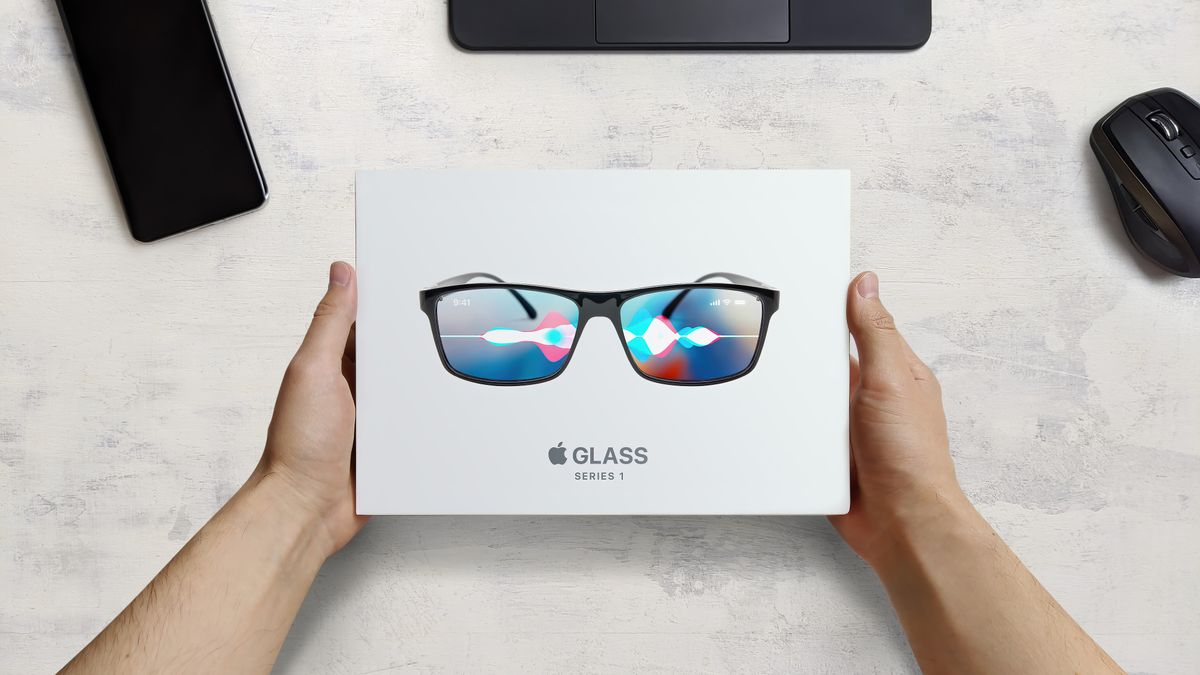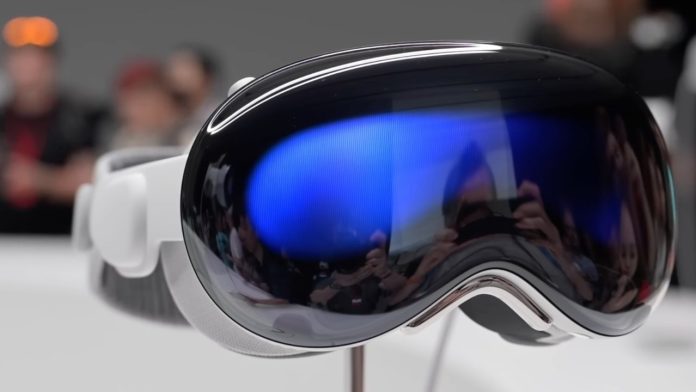Apple’s standalone AR glasses, envisioned to deliver impressive computing power, are still several years from launch.
The company likely has high expectations for this product, aiming to balance performance with weight, so the user experience remains seamless.
However, achieving this goal poses significant challenges, and a recent report suggests that these smart glasses may rely on the iPhone for advanced functionalities to lighten the processing burden on the wearable.
With the iPhone handling some of the computing load, the AR glasses could more easily manage demanding tasks.
A previous report speculated a 2027 release for these glasses, though Apple’s timeline could change.
For example, an analyst recently noted a delay in the production timeline for Apple’s lower-cost Vision Pro, initially planned for 2025, pushing it beyond that year.
Bloomberg’s Mark Gurman has no specific release date for the AR glasses but shared in his ‘Power On’ newsletter, as reported by 9to5Mac, that Apple may be working on a device that shifts computing power to an iPhone.
These glasses are expected to serve as a media accessory and may resemble the sleek designs seen in Xreal products.

While tethering the device to an iPhone might seem cumbersome, Gurman argues that this approach would strengthen the iPhone’s position in Apple’s ecosystem, making it an appealing, affordable alternative to the $3,499 Vision Pro.
“I also continue to hear that Apple is seriously considering a device that offloads the computing components to an iPhone and serves as an accessory for watching movies. That’s something that would be roughly akin to the glasses offered by companies like Xreal.
The benefit for Apple is that it would reinforce the iPhone as the center of its product ecosystem and offer something that could be a much more popular option than the $3,500 Vision Pro.”
Apple’s reluctance to proceed with standalone AR glasses stems from the technological limitations involved, as CEO Tim Cook has highlighted. Creating a device that aligns with Apple’s vision requires advanced technology that doesn’t yet exist.
One major hurdle is producing a chip that matches the iPhone’s performance while using only a tenth of the power—something that’s currently unfeasible.
Apple’s long-term vision is a world where consumers can complete nearly every task through smart glasses instead of a mobile device.
However, technological challenges are real, and it could take another decade to see meaningful progress.
Meanwhile, Apple’s competitors may seize the opportunity to introduce such a product first, securing a potential lead in this new category.


